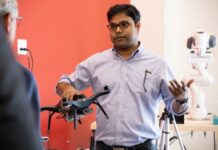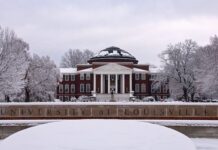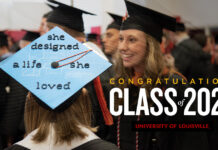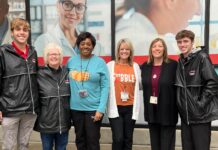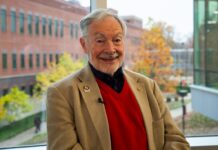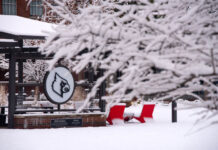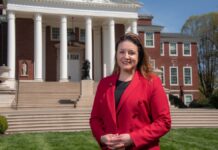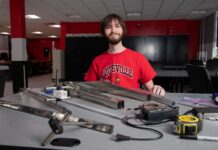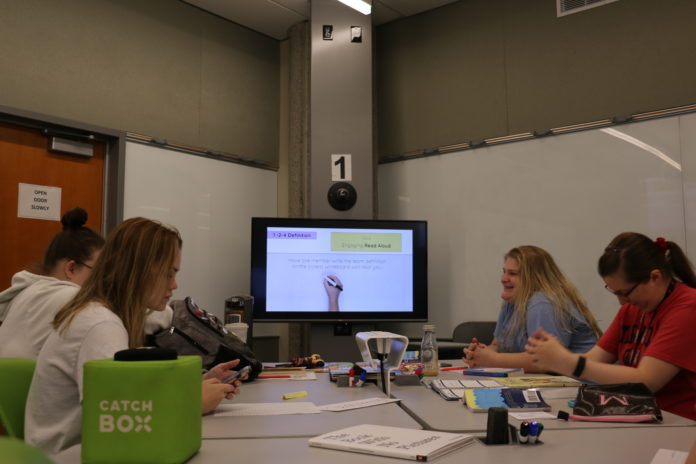
A lot of high school students dream of one day becoming doctors, engineers and other professionals in the blossoming STEM fields – science, technology, engineering and math. That’s the good news.
The bad news is that the courses needed for degrees in those fields — like calculus, chemistry or physics — are tough and some students wind up punting their dream. According to a 2013 report from the National Center for Education Statistics, roughly half the students who declared a STEM major at the start of college left that field either by dropping out of college or switching to a non-STEM major.
Hoping to stem that tide, researchers at the University of Louisville J.B. Speed School of Engineering obtained two research grants to find better tools to measure engagement and improve memory of students in STEM course classrooms.
Aly Farag, director of UofL’s Computer Vision and Image Processing Laboratory, wants to solve the problem using biometrics. Farag has secured a $300,000, three-year grant from the National Science Foundation to measure students’ attention using a biometric sensor network. The BSN would include wall-mounted cameras and webcams already in place in many modern classrooms.
According to Farag, the BSN would use state of the art methods of deep learning, machine learning and artificial intelligence to measure and quantify attention, telling a professor in real time if the students are bored or anxious – signs they are failing to understand the material being taught and jeopardizing their pursuit of a STEM degree.
“We’re going to find out if using new, biometric technology can strengthen our teaching and our ability to keep students engaged in the classroom” Farag said.
Farag’s team includes Tom Tretter, Marci DeCaro, Chris Foreman and Asem Ali from education, psychology, engineering and Farag’s lab, respectively.
While Farag’s research is aimed at determining ways to immediately measure student engagement in the classroom, his Speed School colleague Pat Ralston is working on improving students’ memory. Ralston, chair of the Department of Engineering Fundamentals, has a $596,000 grant to study “spaced retrieval,” a teaching strategy that’s been shown to work in the lab and in a small number of real classrooms.
“Spaced retrieval improves student retention of academic material by spacing out when students answer questions about the material, for example, answering three questions over three weeks instead of all on one day,” Ralston said. “This should make students better prepared for future courses that require them to remember what they learned in past courses.”
Ralston plans to train professors in spaced retrieval teaching methods and reach 1,600 UofL students in a variety of STEM courses throughout the next three years. She’s working with Keith Lyle, professor in Psychology and Brain Sciences, to measure students’ ability to remember key pieces of information and, hopefully, improve the likelihood they will keep pursuing a degree in a STEM field.







